Exhibition “Vanity – Stories of Jewellery from the Cyclades to Pompeii”
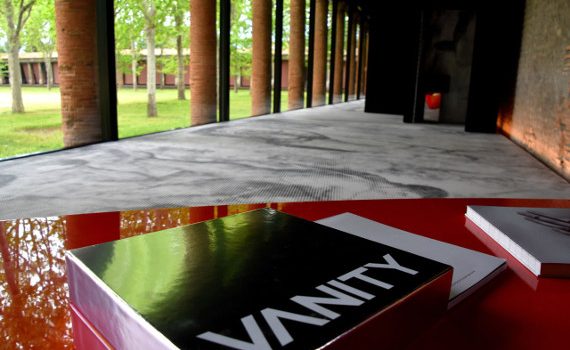
Vanity in Exhibition, between Greece and Pompeii “VANITY: stories of jewels from the Cyclades to Pompeii” Great Palaestra of the Excavations of Pompeii 10 May – 4 August 2019
“Vanity: Stories of Jewels from the Cyclades to Pompeii”

“VANITY: STORIES OF JEWELS FROM THE CYCLADES TO POMPEII”. Great Palaestra of the Excavations of Pompeii 10 May – 4 August 2019 Vanity, ephemeral pleasure, the captivating illusion of happiness, invariably displayed through riches, even in the Greek and Roman world. This is the theme of the refined exhibition “Vanity: Stories of Jewels from the … keep it going
“Gods, Men, Heroes” opens exhibition at The State Hermitage Museum, St. Petersburg
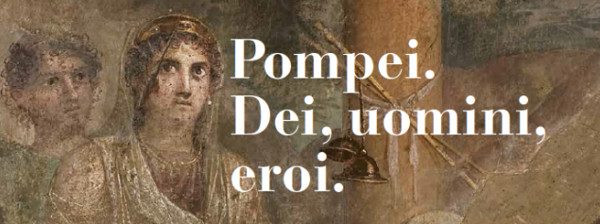
On 19 April 2019 the exhibition “Gods, Men, Heroes. From the Naples National Archaeological Museum and the Archaeological Park of Pompeii” opens at The State Hermitage Museum, St. Petersburg. The remarkable exhibition “Gods, Men, Heroes” is indeed an internationally prestigious event for both Naples and Saint Petersburg Museum. The sudden end of the Pompeii, along … keep it going
Pompeii after the Eruption

After the catastrophe of AD 79, when Vesuvius buried two entire cities and all of the land between its western and southern slopes and the sea, including the fertile Sarno plain, the Emperor Titus charged two magistrates with overseeing relief in Campania. He also, as reported by the historian Suetonius, assigned the assets of those … keep it going
Expanded Interiors – Artist Tours
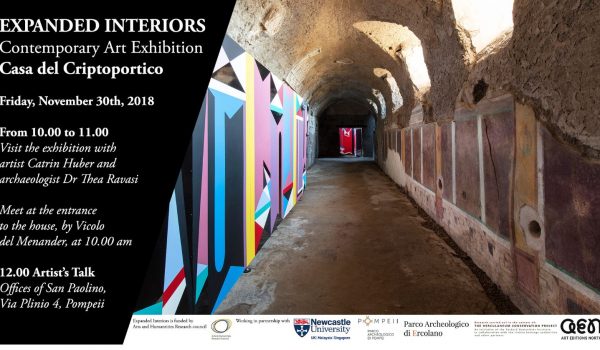
Expanded Interiors – Artist ToursContemporary Art Exhibition Friday, November 30th Artist Tours from 10.00 to 11.00 Visit the exhibition with the artist Catrin Huber e the archaeologist Dr Thea Ravasi. Meet at the entrance of the house, from Vicolo del Menander, at 10.00am Artists’ TalkCatrin Huber12.00 – 13.00Offices of : San Paolino, Via Plinio 4, Pompei Expanded … keep it going
“Palermo, Capital of the Kingdom: the Bourbons and Archaeology in Palermo, Naples and Pompeii”
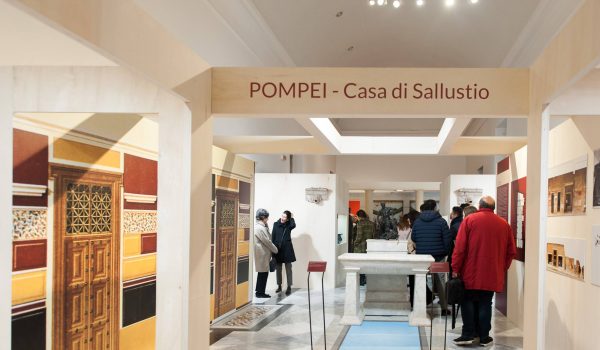
Palermo, Regional Archaeological Museum “Antonino Salinas”. 2 December 2018 – 31 March 2019. The exhibition gives an account of the year in which the city of Palermo was the capital under the Bourbons.
Expanded Interiors: Artist Tours Contemporary Art Exhibition
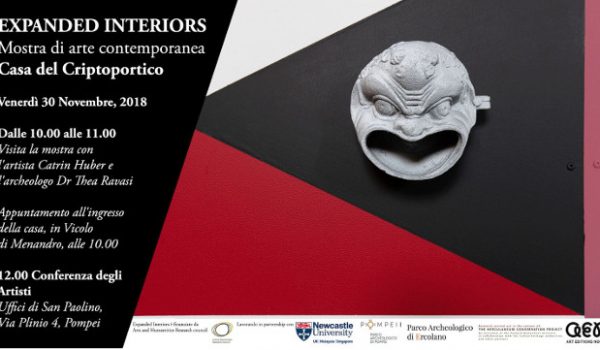
Visit the exhibition with the artist Catrin Huber e the archaeologist Dr Thea Ravasi. Meet at the entrance of the house, from Vicolo del Menander, at 10.00am Artists’ TalkCatrin Huber12.00 – 13.00Offices of : San Paolino, Via Plinio 4, Pompei Expanded Interiors explores ancient Roman wall paintings and Roman artefacts through fine-art practice at the two … keep it going
“Leda and the Swan”: the fresco re-emerges in a room along Via del Vesuvio, during re-profiling interventions on the Regio V excavation fronts
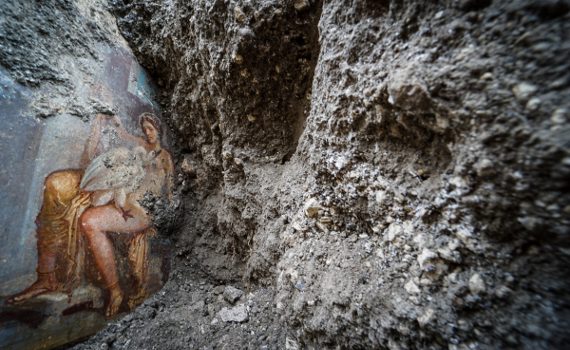
Yet another female image resurfaces in the new Regio V excavations, and joins the other sophisticated female faces featured in the medallions of certain rooms along Via del Vesuvio, and in the image of Venus and Adonis from the House with the Garden, which have already been unearthed. This time, we have the myth of Leda and the … keep it going
Press Kit
Download Press Kit: The discoveries of Civita Giuliana Press Kit: Antiquarium of Pompeii (25th January 2021) Press Kit: Pompeii Commitment (28th August 2020) Press Kit: Visit Minister Franceschini February 18, 2020 Press Kit: Regio V | Press Kit Pdf Press Kit: Vanity Press Kit: In the Volcano: Cai Guo-Qiang and Pompeii Press Kit: Pompeii and The Etruscans … keep it going
Visitor data
Statistical data of visitors to the Vesuvian archaeological sites A visitor flow analysis pertaining to daily visitors in our archaeological areas according to the site visited and year of visit, beginning from the year 2000. To read the updated data click here https://pompeiisites.org/parco-archeologico-di-pompei/dati-visitatori/


